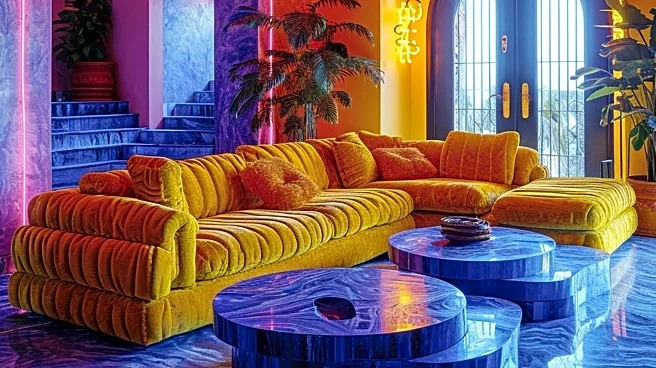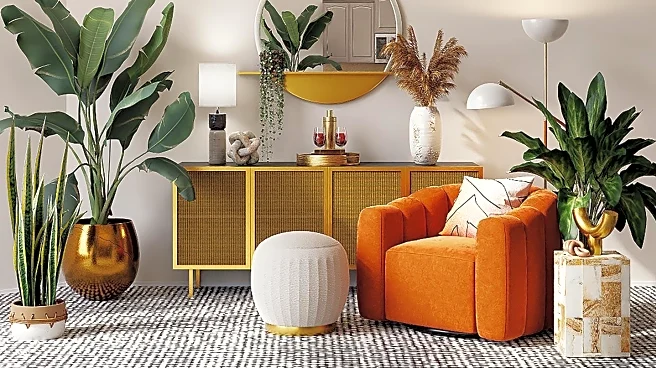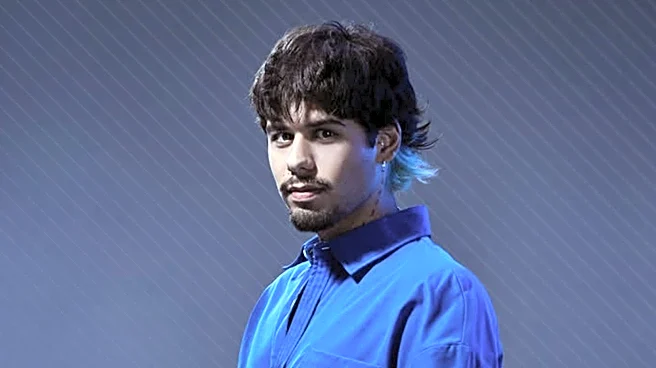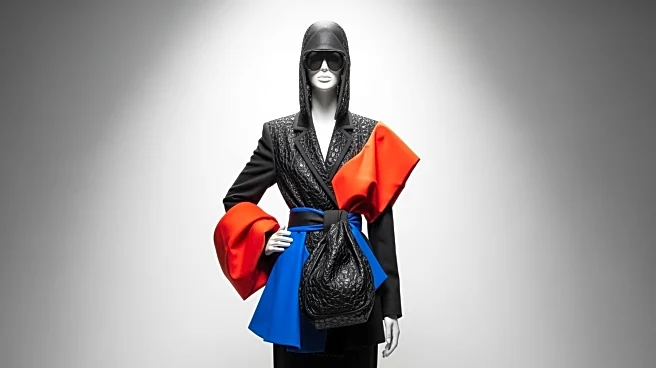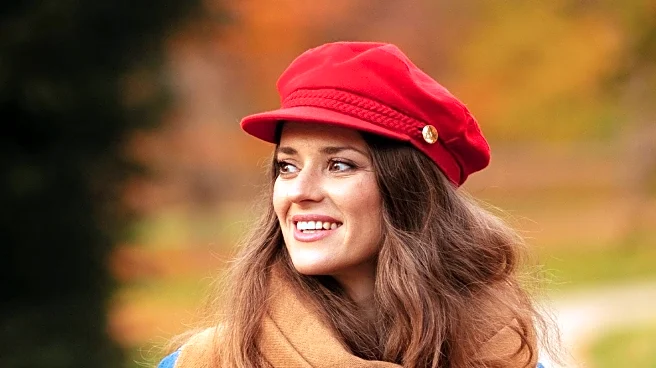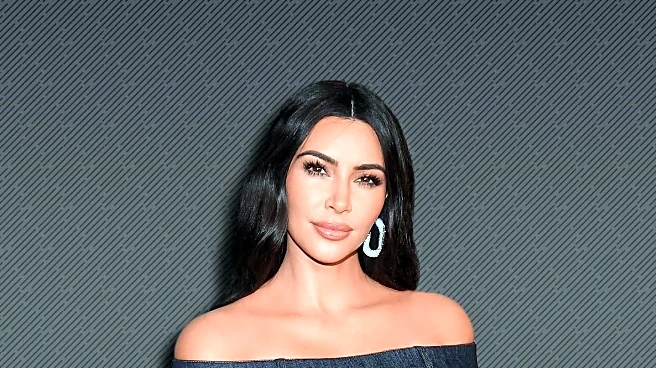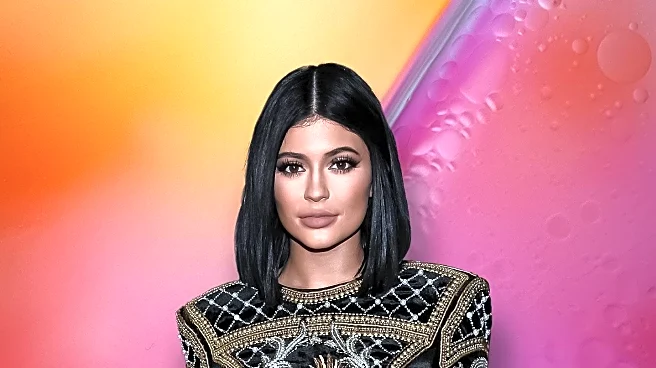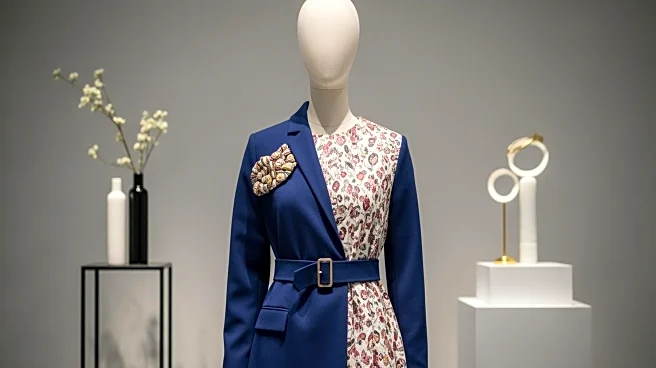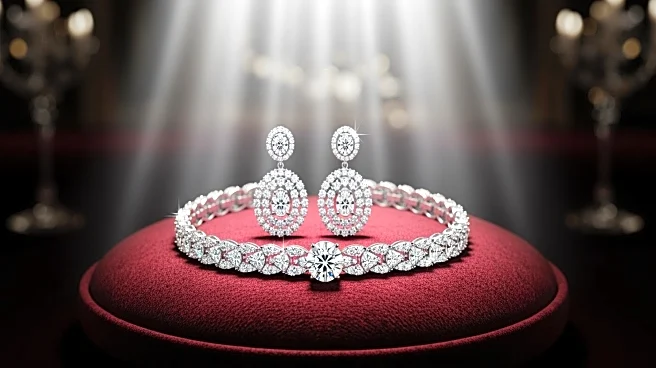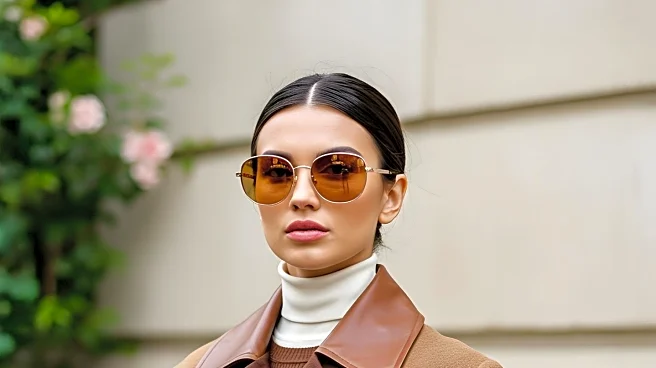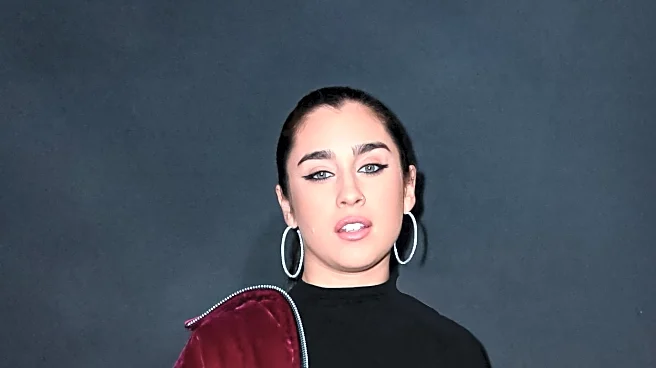What's Happening?
The Los Angeles Times has released a new issue of its Image magazine, focusing on the theme of maximalism and indulgence. This edition, titled 'October Abundance,' explores the joys of self-expression
through extravagant and impractical aesthetics. The stories featured in this issue celebrate a departure from minimalism, embracing bold and abundant styles. The articles discuss various forms of indulgence, such as wearing multiple makeup looks in a single day, dressing in clashing patterns, and using ornate cutlery. The issue reflects a cultural shift towards embracing personality and individuality in design and lifestyle choices.
Why It's Important?
The focus on maximalism in the Los Angeles Times' latest issue signifies a broader cultural trend towards embracing individuality and self-expression. This shift could influence various industries, including fashion, interior design, and lifestyle, as consumers seek to express their unique identities through bold and personalized choices. The celebration of abundance and personality challenges the long-standing dominance of minimalism, potentially leading to a resurgence of vibrant and eclectic styles. This trend may also impact consumer behavior, encouraging people to prioritize personal expression over practicality in their purchasing decisions.
What's Next?
As the trend towards maximalism gains momentum, industries such as fashion and interior design may begin to incorporate more bold and eclectic elements into their offerings. Designers and brands might explore new ways to cater to consumers' desires for individuality and self-expression. Additionally, this cultural shift could inspire further discussions about the role of aesthetics in personal identity and the value of embracing diverse styles. The Los Angeles Times' focus on maximalism may encourage other media outlets to explore similar themes, further amplifying the trend.
Beyond the Headlines
The embrace of maximalism raises questions about the cultural and psychological factors driving this shift. It suggests a reaction against the homogenization of style and a desire for more personalized and meaningful expressions of identity. This trend may also reflect broader societal changes, such as a growing appreciation for diversity and a rejection of conformity. As people seek to assert their individuality, the movement towards maximalism could foster greater acceptance of diverse aesthetics and encourage more inclusive representations of beauty and style.
